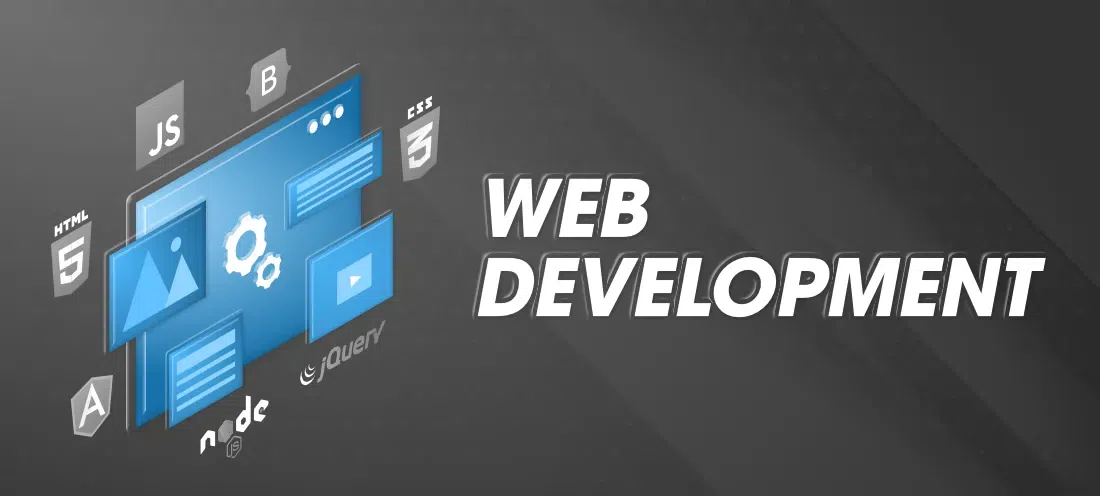Aligned Position Web Design: Boost Your Brand’s Visibility with a Stunning Website
Aligned Position Web Design: Boost Your Brand’s Visibility with a Stunning Website
Blog Article
The Most Effective Sorts Of Web Design to Boost User Experience and Involvement
In the ever-evolving landscape of electronic communication, the effectiveness of Web design considerably affects individual experience and interaction. Numerous design methods, such as minimalist, responsive, and interactive formats, each deal special advantages that can provide to diverse customer requirements.
Minimalist Website Design
As electronic landscapes become significantly chaotic, minimalist Web design has become an effective technique to enhancing user experience. This design philosophy focuses on simpleness, concentrating on crucial aspects while getting rid of unnecessary disturbances. By making use of sufficient white room, straightforward navigation, and a limited shade palette, minimalist style promotes clarity and routes user attention to crucial content.
The core concept of minimal website design is to create a seamless interaction for customers. By reducing cognitive lots, users can swiftly realize information without feeling bewildered. This direct technique not only enhances functionality yet likewise urges engagement, as site visitors are a lot more most likely to check out a website that is aesthetically attractive and very easy to navigate.
In addition, minimal layout usually highlights typography and imagery, using these components purposefully to share messages properly. In significance, minimalist Web layout is not simply a trend; it is a thoughtful approach that identifies the value of user-centered style.
Receptive Web Design
In today's diverse electronic setting, receptive Web layout has actually become crucial for producing a smooth user experience across a wide variety of gadgets. As customers accessibility web sites on smartphones, laptops, desktop computers, and tablet computers, the capability of a website to adjust its format and web content to various screen dimensions and resolutions is critical.
Receptive Web layout uses versatile grids, photos, and CSS media queries to make certain that Web material exists efficiently, despite the device made use of. This technique not only improves the aesthetic appeal of an internet site however additionally significantly improves functionality. Customers are more probable to involve with a website that uses a consistent experience, as it eliminates the disappointment of having to focus or scroll exceedingly.
By adopting responsive layout, businesses can enhance their exposure and reach a wider target market. In summary, responsive Web design is a basic method that enhances customer experience, engagement, and total complete satisfaction.
Interactive Web Design
Responsive Web style lays the foundation for enhancing customer experience, however interactive Web style takes this a step better by engaging individuals in a much more vibrant means - Aligned Position Web Design. By including elements such as animations, clickable models, and real-time responses, interactive website design captivates individuals, attracting them right into a richer surfing experience
This strategy not only promotes interaction but also encourages customers to discover content actively instead of passively eating it. Strategies such as gamification, where individuals gain rewards for completing jobs, can considerably improve the time invested on a website and enhance general satisfaction. In addition, interactive attributes can streamline complicated details, making it much more digestible and satisfying.

Incorporating interactive design elements can likewise lead to greater conversion rates, as customers are a lot more likely to involve with a website that proactively entails them. Aligned site here Position Web Design. Eventually, interactive website design changes customer experiences right into unforgettable trips, ensuring that site visitors return time and again
Apartment Design
Identified by its minimalistic approach, flat layout emphasizes simpleness and performance, stripping away unneeded aspects and focusing on necessary attributes. This design ideology prioritizes functionality, making certain that users can browse user interfaces with convenience and performance. By using a tidy aesthetic, level layout gets rid of the mess usually found in more ornate styles, thereby improving individual focus on web content and functionality.
The characteristic of level design hinges on its use of vibrant shades, basic typography, and geometric shapes. These elements add to an aesthetically attractive user interface that is both approachable and modern. Additionally, flat design fosters a sense of clarity, allowing individuals to determine essential actions and information without distraction.
Furthermore, level style is especially efficient in receptive Web design, Read Full Report as its simpleness converts well across different gadgets and screen sizes. The absence of intricate textures and gradients minimizes filling times, which is crucial for preserving user involvement. As electronic landscapes proceed to develop, level style continues to be a pertinent selection for producing straightforward internet sites that enhance overall experience. By concentrating on essential features, flat style not just fulfills user requirements however likewise motivates seamless communication, making it an essential part of effective website design strategies. go right here
Adaptive Website Design
Flexible website design personalizes the individual experience by producing multiple fixed formats customized to various screen sizes and devices. Unlike responsive layout, which fluidly adjusts a solitary format, adaptive layout uses distinct designs for particular breakpoints, ensuring ideal discussion on various systems. This technique permits developers to focus on the unique characteristics of each tool, improving use by providing exactly what individuals need based on their context.
Among the primary advantages of adaptive website design is its ability to enhance load times and efficiency. By offering tailored web content and images that fit the individual's device, websites can decrease information use and enhance loading rates. This is particularly valuable for individuals with slower connections or limited data plans.

Additionally, adaptive design promotes a more regulated and regular branding experience. Since designers produce numerous formats, they can make sure that the aesthetic elements straighten with the brand's identity across various platforms - Aligned Position Web Design. This results in a cohesive customer experience, improving engagement and advertising customer retention
Verdict
Minimalist design fosters clearness and emphasis, while receptive layout makes certain flexibility throughout different gadgets, promoting access. Jointly, these design approaches add to the creation of user-friendly environments that not just boost fulfillment but also drive greater conversion rates, highlighting their vital significance in modern Web layout techniques.

Minimalist style promotes quality and focus, while responsive design ensures versatility throughout various tools, promoting accessibility. Jointly, these style approaches contribute to the development of easy to use atmospheres that not only boost satisfaction but additionally drive higher conversion prices, highlighting their important importance in modern Web style strategies.
Report this page